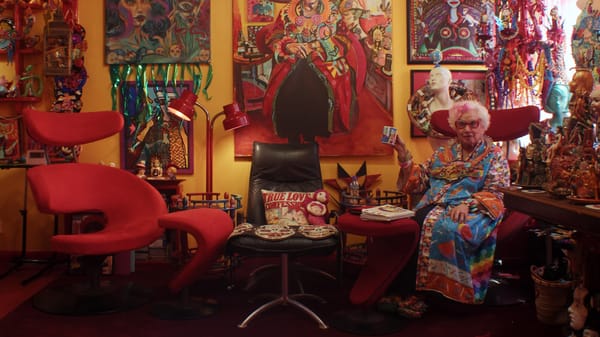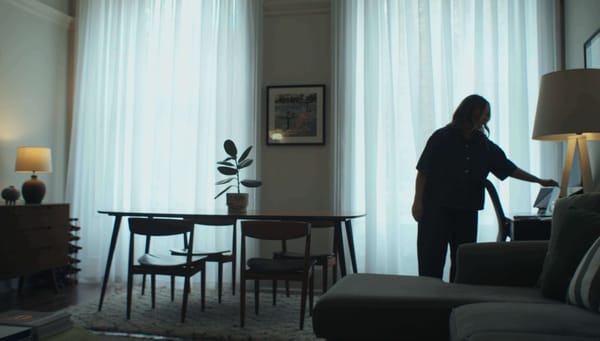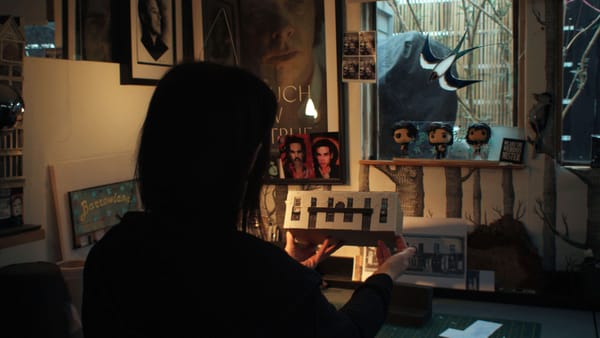Inside a Hidden Antique Shop in Edinburgh with Two Floors of Oddities
This time, we’re visiting Lewis Rosa, who has been running an antique business in Edinburgh’s Newington for about as many years as we’ve been alive.
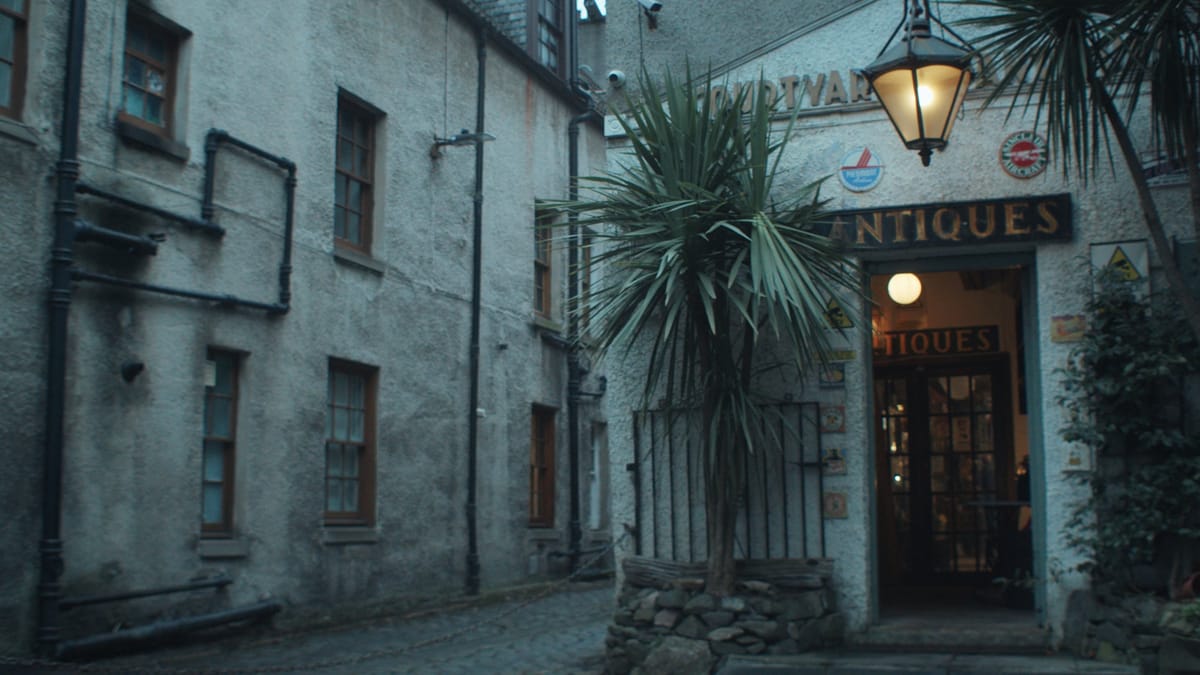
Courtyard Antiques isn’t the kind of shop you just stumble into.
It’s tucked away down a narrow lane, easy to miss unless you already know it’s there.
Some people have lived in the area for 20 years without ever noticing it. But those who do find their way inside step into a space where time moves at its own pace.
For 27 years, Lewis Rosa has been running this place on his own terms.
He’s bought things he loved, sold things he shouldn’t have, wandered through the secret tunnels beneath the castle, and shared countless cups of tea with famous people.
Lewis insists there’s nothing particularly interesting about the shop. He shouldn’t be trusted on that.
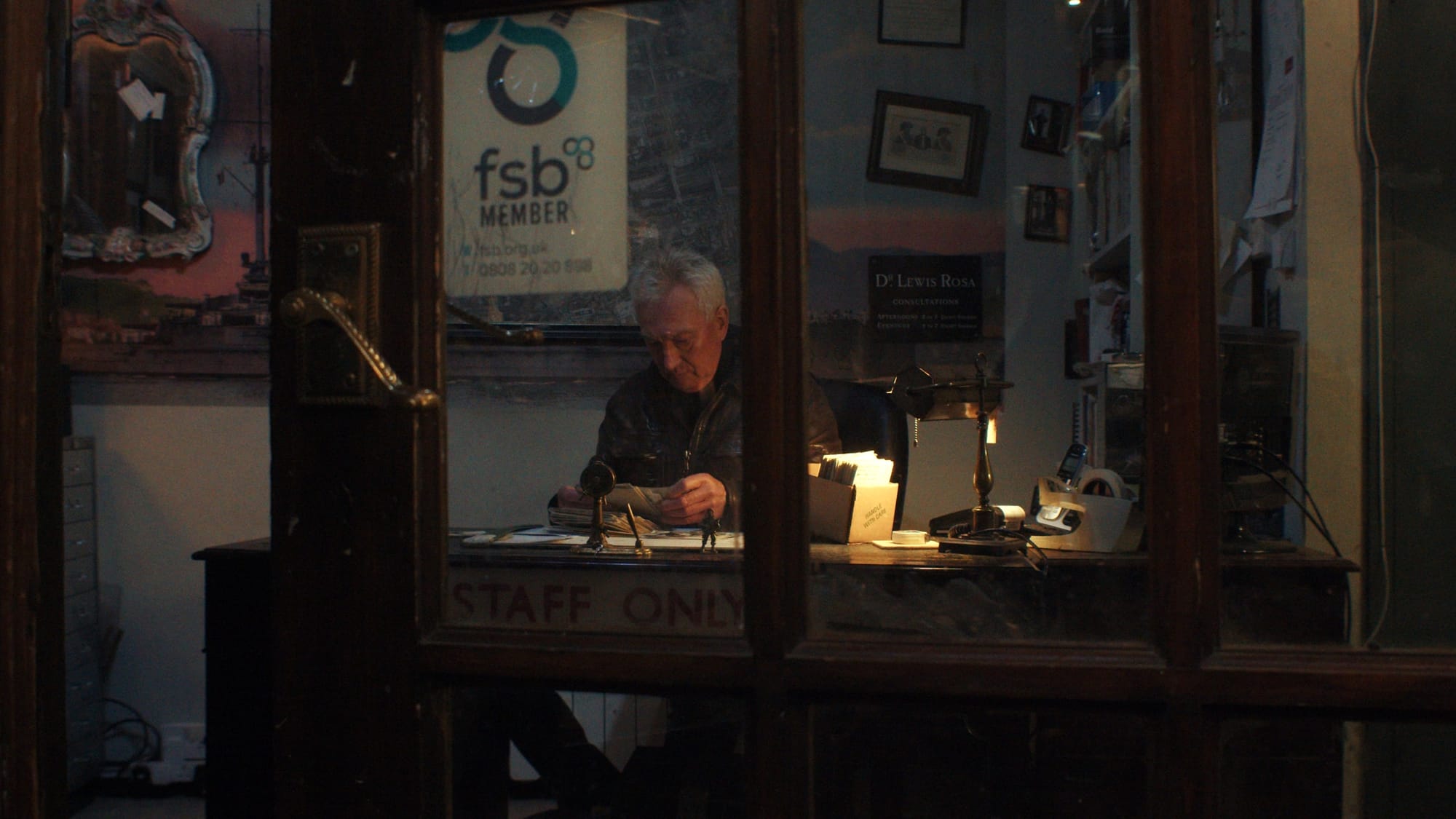
Behind the Scenes
Ilya: We first wandered into Courtyard Antiques about ten years ago — back when we’d just moved to Edinburgh, and everything felt like a mystery. But even then, this two-story antique shop, hidden away in what looked like an old stable, felt like something out of another time.
Lena: We were hooked right away. I remember it feeling like a page out of a children’s book — wild-looking masks, vintage boat & plane models, giant spotlights, intricate swords, rocking horses with these weirdly intense eyes… I wanted to take half the shop home and turn our tiny rented flat into a museum of childhood dreams.
Ilya: Yeah, but all we could afford back then was a set of old apothecary bottles and a mannequin head, which we ended up using as a hat stand for years.
Lena: The owner reminded us a bit of Bernard Black from Black Books — he mostly stayed behind the glass door of his office, not in a hurry to come out.
Ilya: We only properly got to know him in 2025, and, turns out, Lewis is kind of like a Black Books character. When we suggested filming, the first thing he said was that he had no interesting stories to tell. Then, right in the middle of our shoot, the shop’s landline rang. I joked about unplugging it. Lewis just shrugged and pulled the cord right out.
Lena: And for the record — him having no interesting stories? An outright lie.
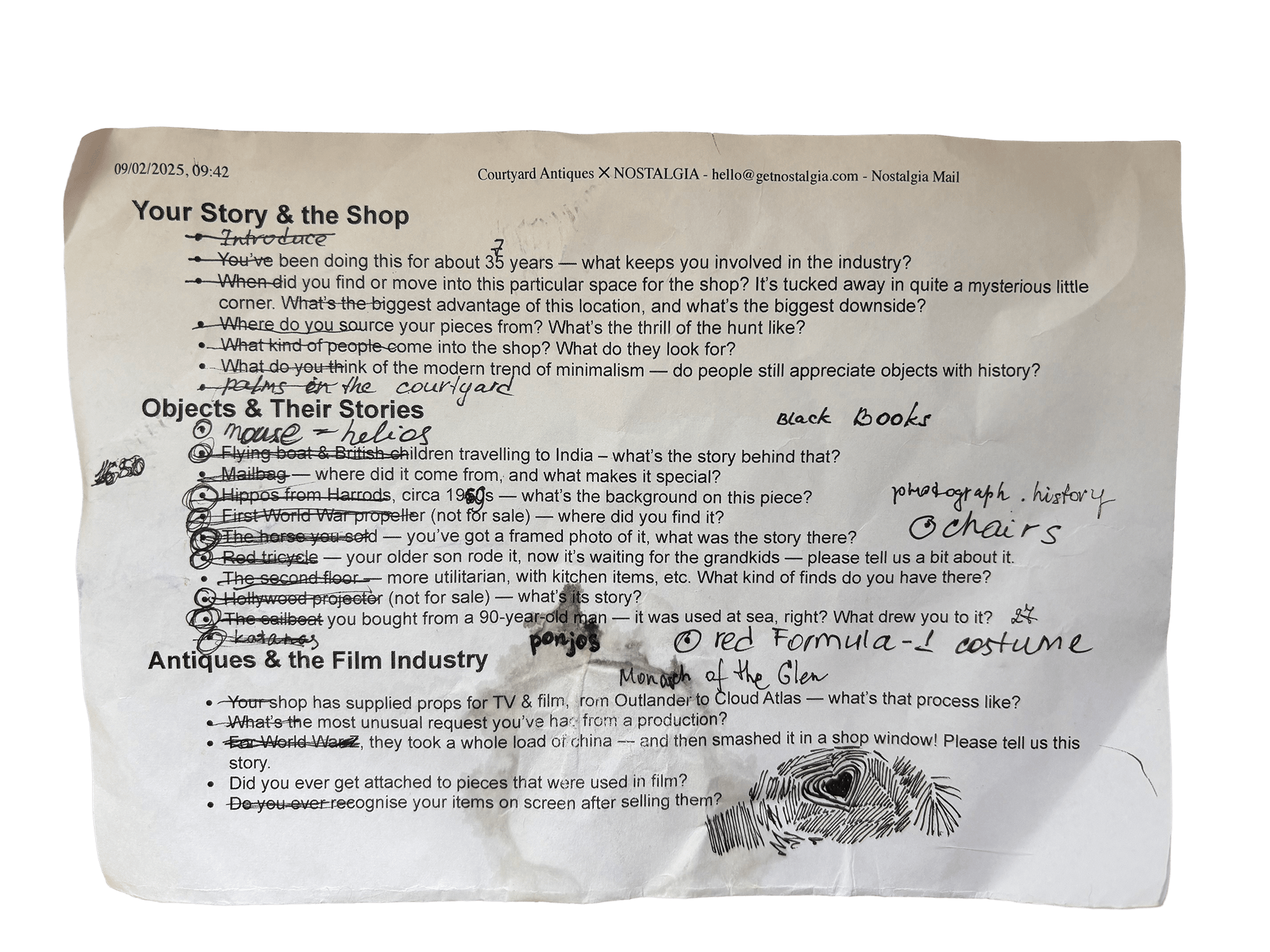
In Their Own Words: Lewis on His Relationship with Objects that Have a History and the Finds He Would Never Sell
Full transcript of our conversation with Lewis.
My name is Lewis Rosa, I have Courtyard Antiques in Edinburgh. It’s been my business for 37 years. 27 in this shop and 10 in another shop in the street.
The search for interesting objects is what keeps me going. I think that’s why everybody does antiques, they just love to find things. And over the years it’s happened, I’ve found some very interesting items that I’ve enjoyed having. And I hope to continue for a few years more.
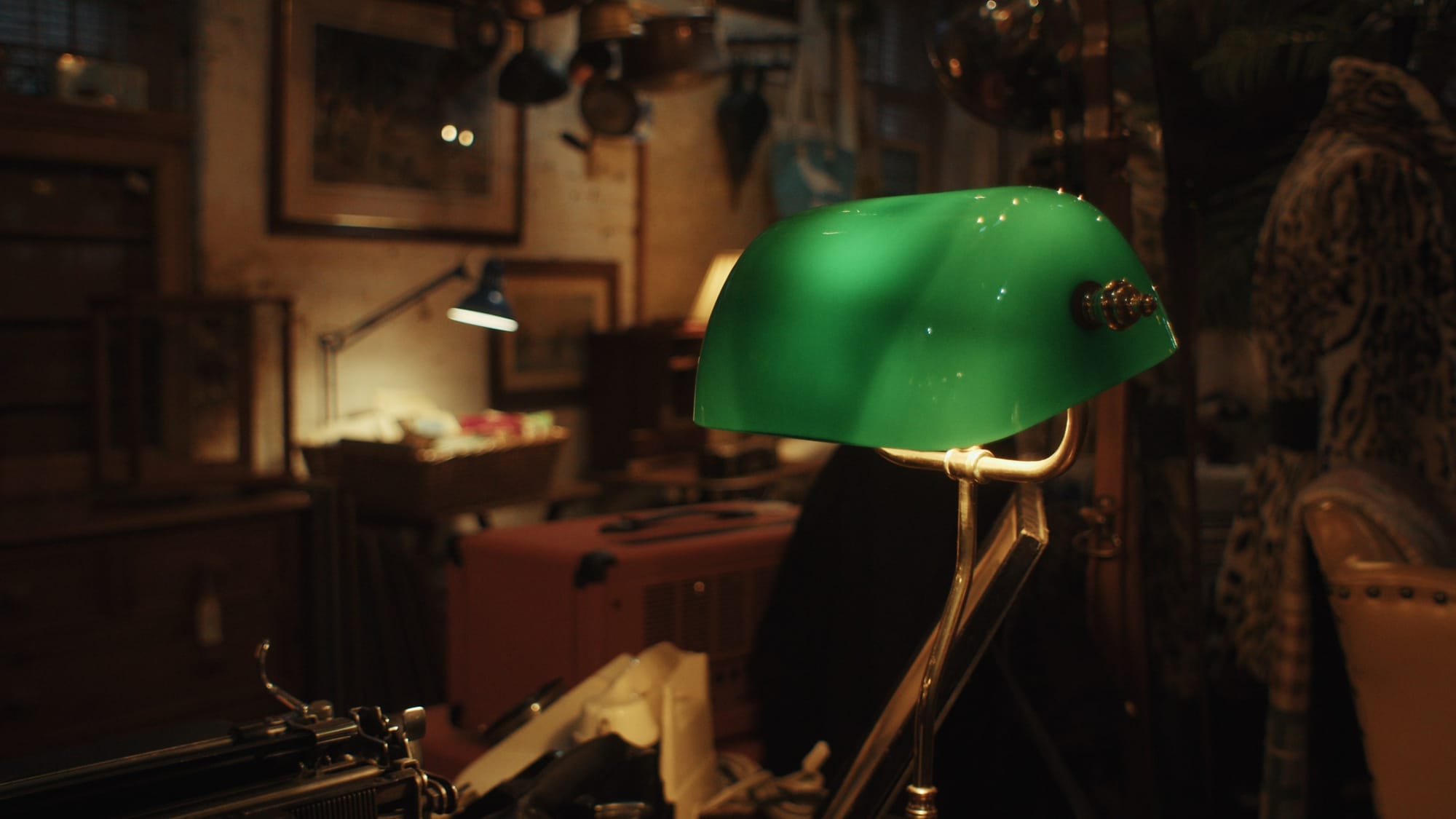
The Shop You’ll Never Find (Unless You Know It’s There)
I came here, to this very space, at the end of 1997. It didn’t look like it does now, I had to build the office, put the staircase in and level the floor. This used to be a cow shed and it still had all the slurry bits and the pens for the cattle. So that all had to be concreted over and levelled off.
I called my shop Courtyard Antiques because it has a courtyard, which is shared with two other businesses. There’s a lovely Spanish couple at the front who run a coffee shop, and upstairs, there’s Frank, who restores paintings for museums and art galleries. We all get along well, and it’s a nice little community here.
Outside the shop, I have two very large palm trees. I brought them here very early on, maybe within the first year of moving in. They originally stood outside my house, but for my wife’s birthday, my son bought her two bay trees, so I decided to bring the palm trees up here instead.

It’s amazing how they’ve shot up over time. They get a lot of sun in the summertime, and I take care of them. They really add to the old-world feel of the courtyard. They were just babies when they came here — only about two feet tall, and they had survived outside the house, although I thought they were maybe more an indoor plant. But over the years, I’ve noticed that people do grow them around Edinburgh, and some are even bigger than mine.
My shop is tucked away up a lane, which isn’t the most ideal situation. On the other hand, it’s a double-edged sword — it’s a really interesting building, and there’s parking, which is a big deal around here. But I’ve had people living in this area for twenty years who never even knew my shop was here.

What kind of people come into my shop? All kinds really. I have children that are interested in antiques, which are really great. They come in with their parents and they’re obviously interested in the militaria and the toy cars and everything. I’ve been here so long that I’ve seen babies grow up into full grown people. And they remember coming to this shop and it’s really nice that they enjoy coming. It’s just really nice meeting people. Most of them are wonderful.


